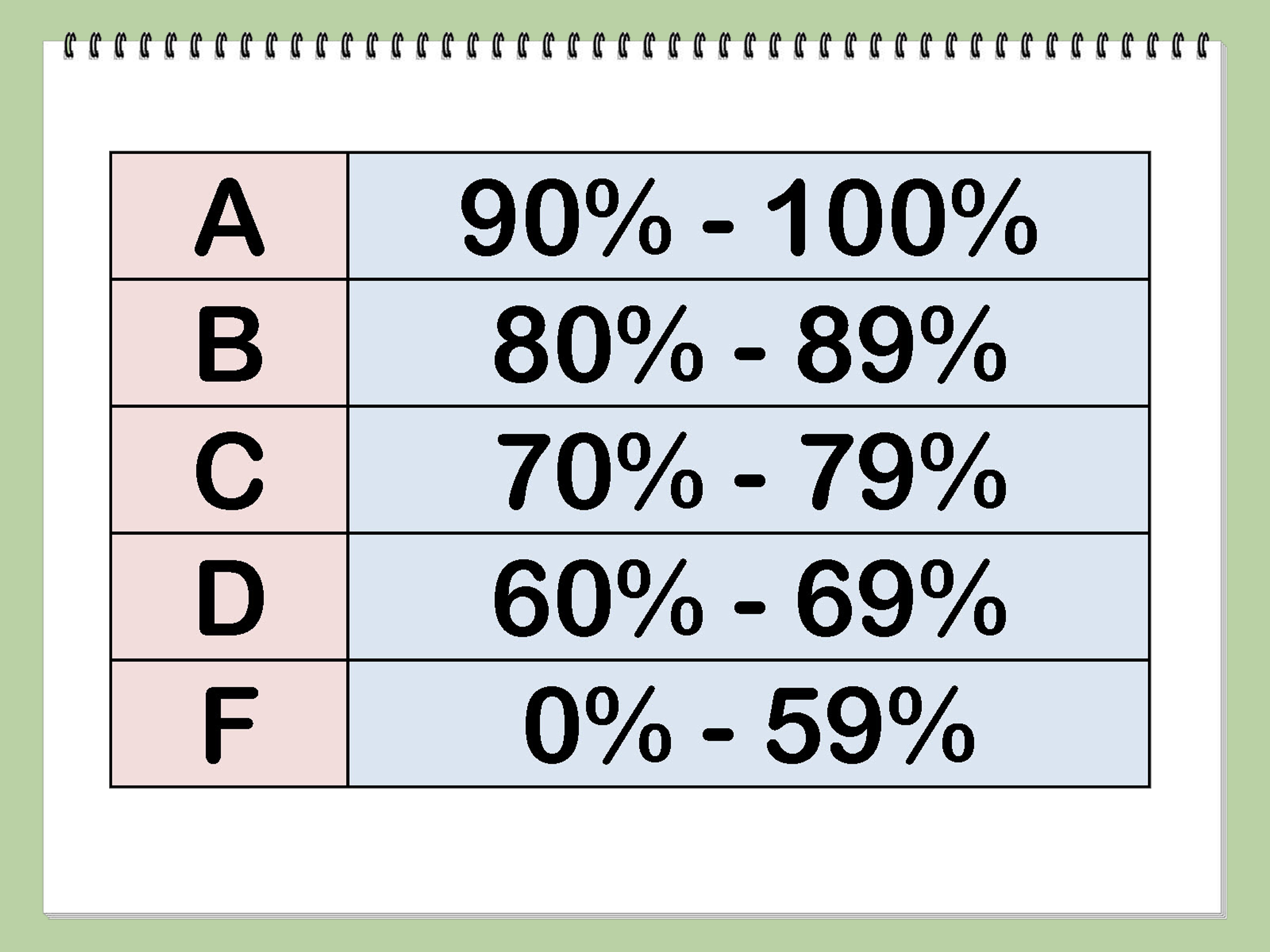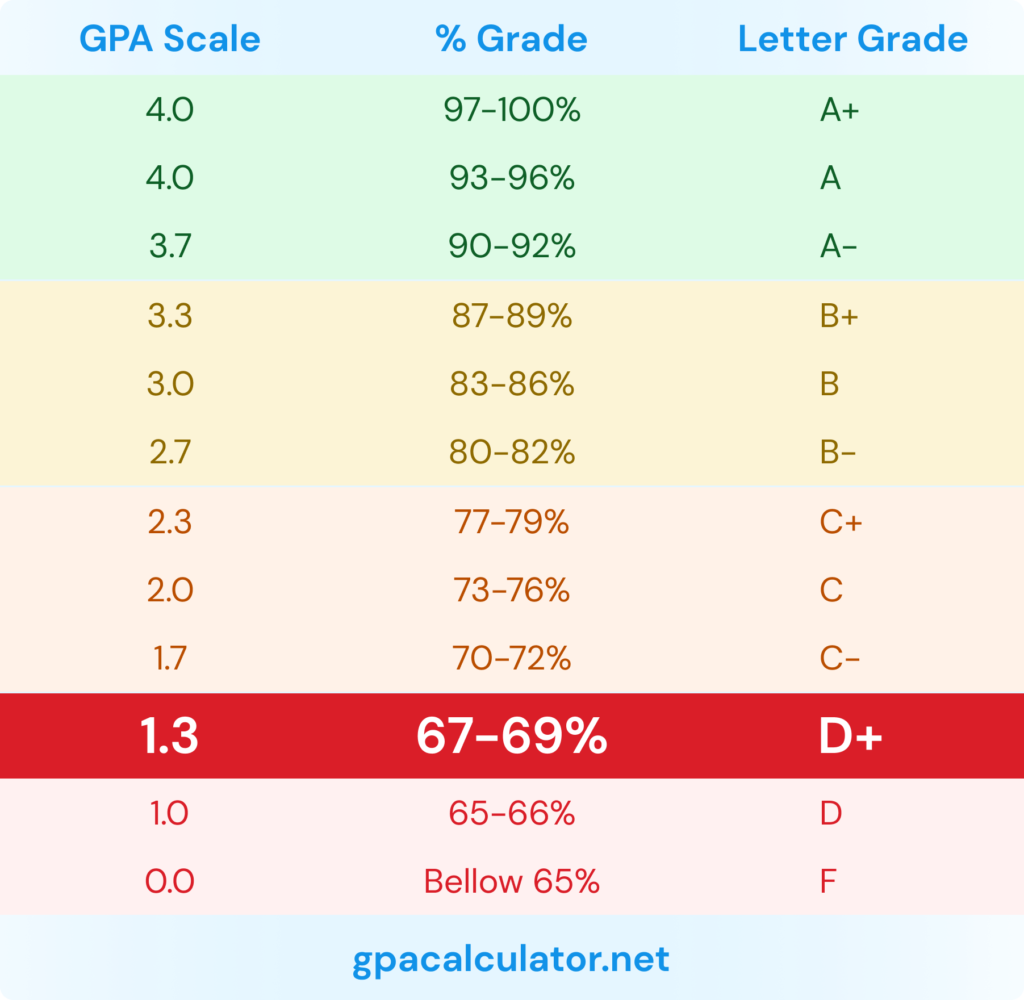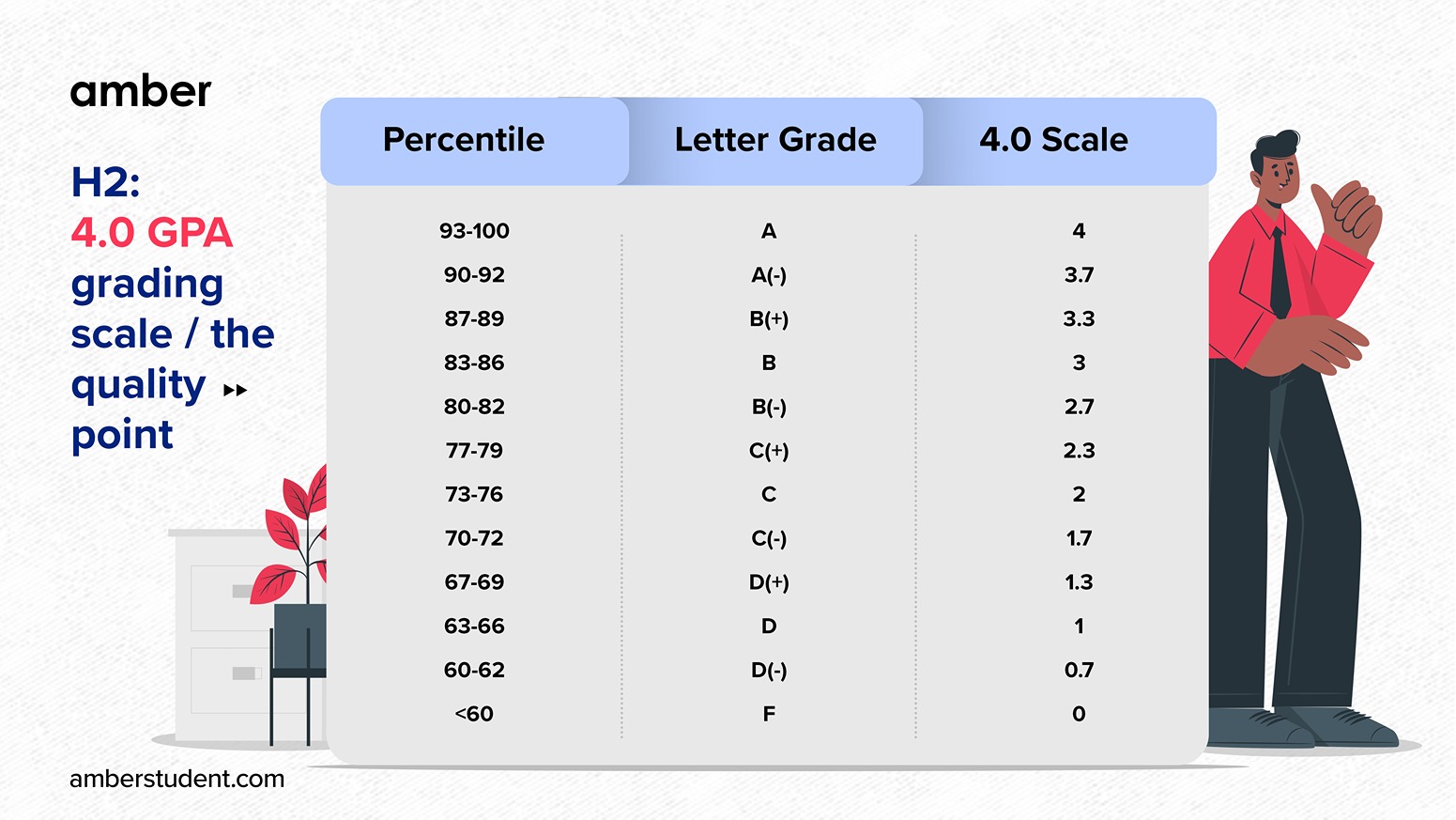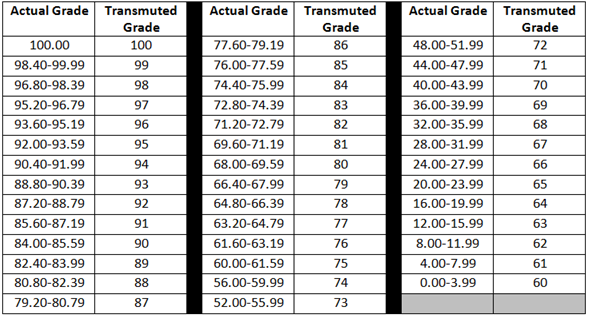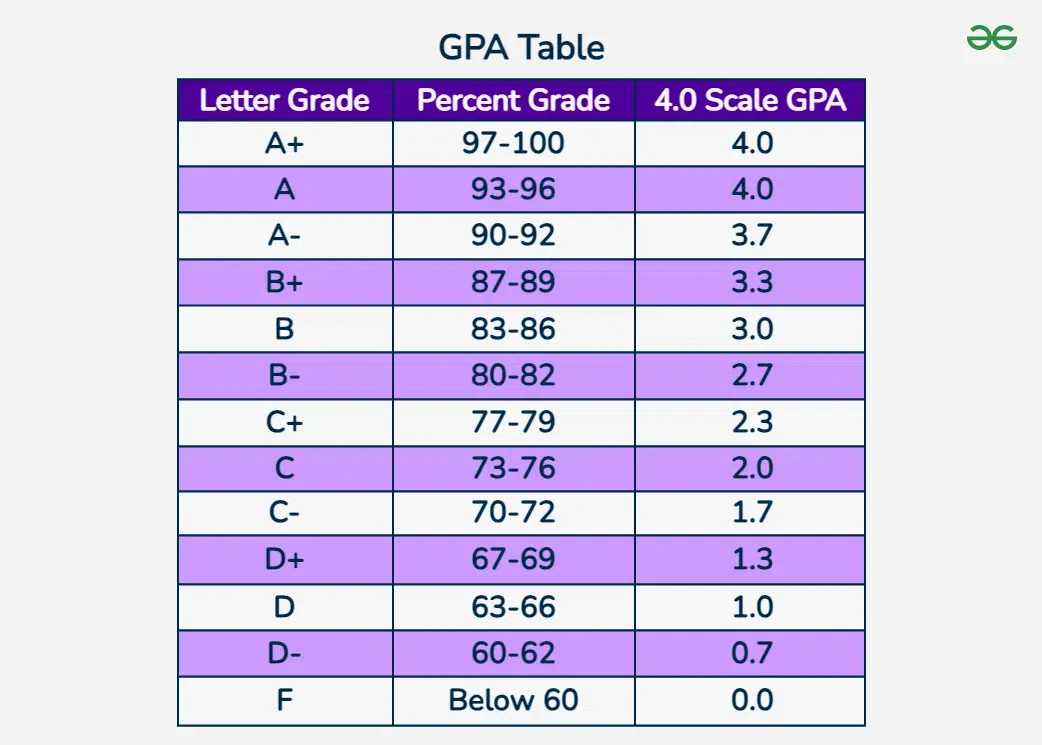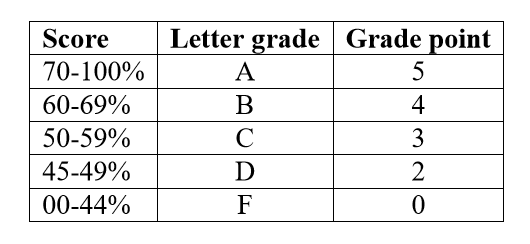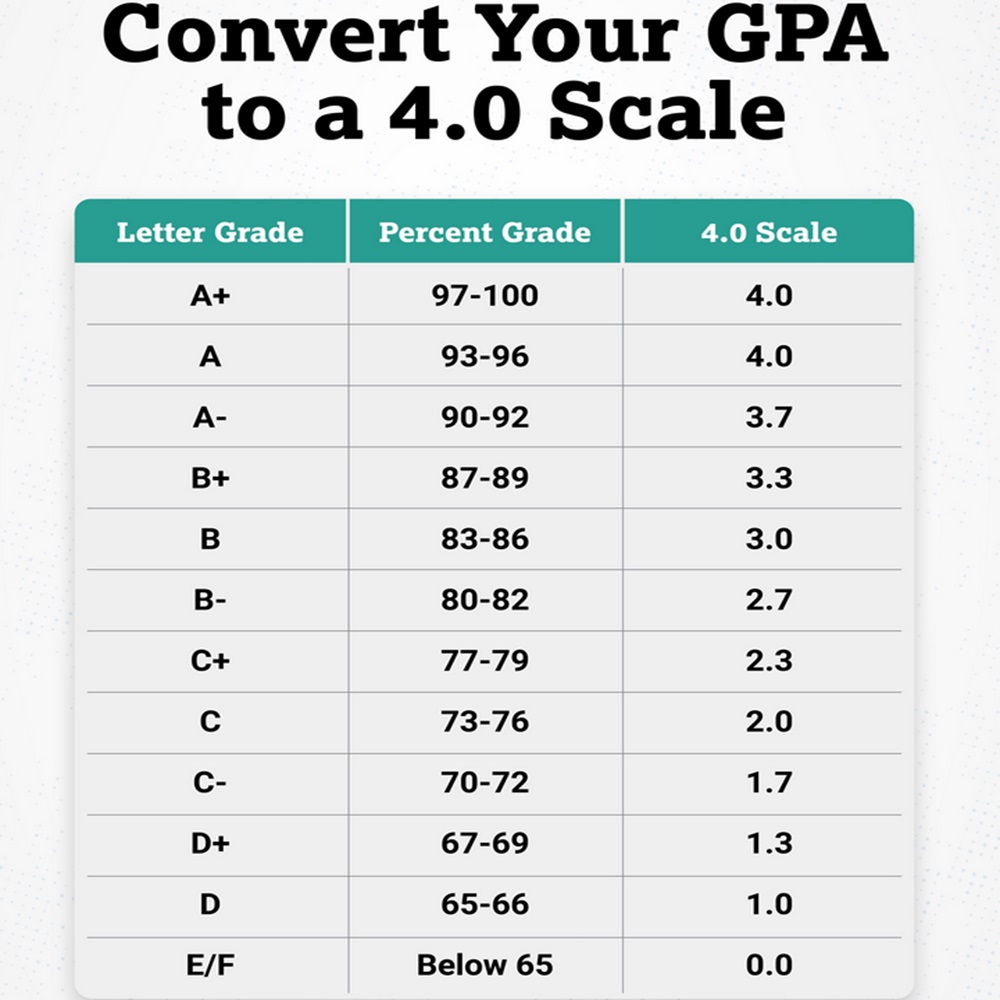What Grade Is A 43 Out Of 50

The late afternoon sun streamed through the classroom window, illuminating dust motes dancing in the air. A hush fell as Ms. Johnson, a teacher known for her gentle smile and unwavering encouragement, began to hand back the latest history exam. Students nervously shuffled papers, the quiet punctuated by the rustling sound of graded assessments – each one holding a universe of personal hopes and anxieties.
At the heart of this moment, and many similar moments experienced by students worldwide, lies a fundamental question: what does a specific score actually mean? More specifically, what grade is a 43 out of 50? This seemingly simple question unlocks a broader discussion about grading systems, percentage scores, and the nuances of academic evaluation, which have a profound impact on a student's academic trajectory and self-perception.
Understanding Percentage Grades
Converting a score like 43 out of 50 into a recognizable letter grade requires understanding the concept of percentages. A percentage represents a proportion out of one hundred. To find the percentage equivalent of 43/50, we perform a simple calculation: (43 / 50) * 100 = 86%.
Therefore, 43 out of 50 is equal to 86%. But what does that 86% translate to in terms of letter grades?
The Common Grading Scale
The conversion of percentages to letter grades often follows a standard scale, though it's important to note that this can vary significantly between institutions and even individual teachers. However, a common, widely used scale is as follows:
A: 90-100%
B: 80-89%
C: 70-79%
D: 60-69%
F: Below 60%
Using this scale, an 86% would generally translate to a B. This is a solid, above-average grade, indicating a good understanding of the material. However, remember that this is just one interpretation, and the actual grade awarded will depend on the specific grading policies in place.
Variations in Grading Scales
Grading scales are not universally standardized, and there is significant variation depending on the school, district, or even individual teacher. Some institutions might use a plus/minus system, where grades are further refined (e.g., B+, B, B-). Others may have slightly different percentage ranges for each letter grade.
For example, a highly competitive school might have a grading scale where an A starts at 93% or even higher. Consulting the course syllabus or speaking directly with the instructor is always the best way to clarify the specific grading rubric being used. This helps students understand the expectations and how their performance is evaluated.
The Significance of Grades
Grades, whether presented as raw scores, percentages, or letter grades, serve multiple purposes in the educational system. They act as a measure of a student's understanding of the course material at a given point in time.
They also provide feedback to students, highlighting areas of strength and areas where improvement is needed. Furthermore, grades are often used for administrative purposes, such as determining eligibility for scholarships, advanced courses, or graduation honors.
Beyond the Numbers: Holistic Assessment
While grades are undoubtedly important, it's crucial to remember that they represent only one facet of a student's overall learning experience. A single score on a test or assignment does not capture the entirety of a student's knowledge, skills, or potential. Many educators advocate for a more holistic approach to assessment, which takes into account factors such as class participation, effort, creativity, and personal growth.
This approach recognizes that learning is a complex and multifaceted process, and that a single number cannot fully represent a student's progress. It also emphasizes the importance of providing students with constructive feedback and opportunities for improvement, rather than simply assigning a grade.
The Psychological Impact of Grading
Grades can have a significant impact on a student's self-esteem, motivation, and overall well-being. Students who consistently receive high grades may feel confident and motivated to continue learning, while those who struggle to achieve good grades may experience feelings of anxiety, frustration, or even inadequacy. The pressure to achieve high grades can also lead to unhealthy competition and a focus on memorization rather than true understanding.
It's vital that educators and parents approach grading in a way that is supportive and encouraging, emphasizing the importance of learning and growth over simply achieving a certain score. Creating a learning environment that values effort, perseverance, and a growth mindset can help students develop a more positive relationship with grades and with learning in general. Focus should be given to individual progress and celebrating small victories.
Conclusion
So, back to our original question: what grade is a 43 out of 50? In most cases, it translates to an 86%, which typically equates to a B. However, the true value of that score extends far beyond a single letter. It represents a moment in a student's learning journey, an opportunity for feedback, and a chance to grow. While grades hold a certain importance, their primary role should be to motivate and guide students towards a deeper understanding and appreciation of learning.
Ultimately, the goal of education should be to foster a lifelong love of learning and to equip students with the knowledge and skills they need to succeed in a complex and ever-changing world. Grades are simply one tool in that process, and their impact should always be considered in the context of a student's overall growth and development. The real measure of success lies not just in the grades achieved, but in the knowledge gained, the skills honed, and the character developed along the way.


